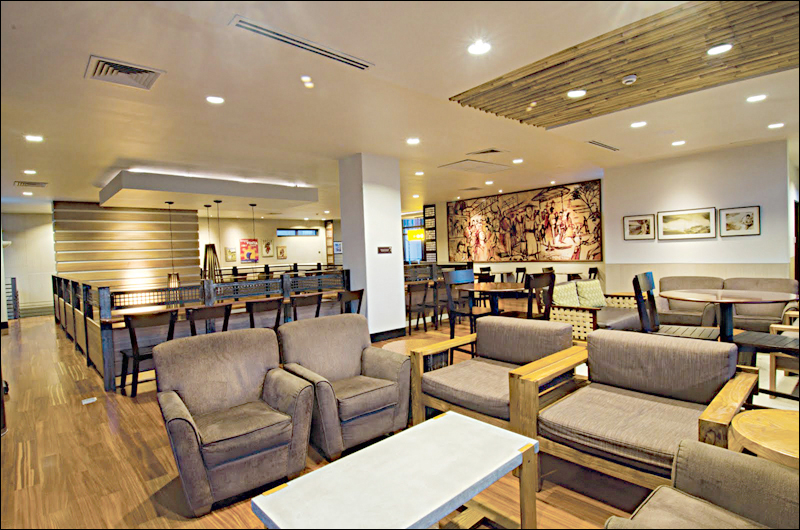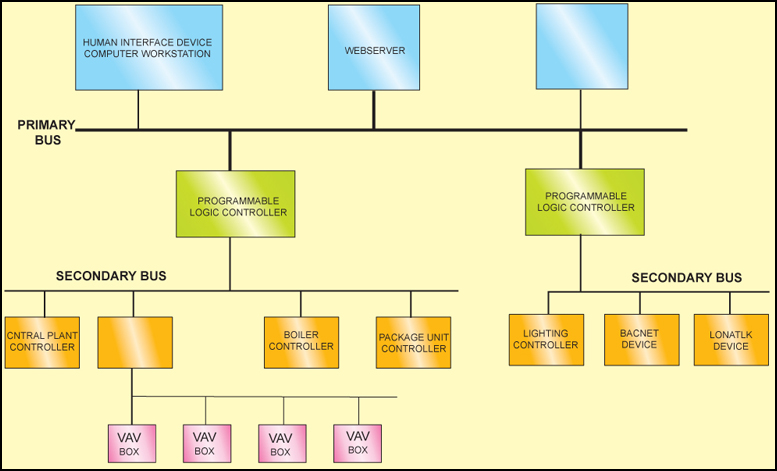The connected workplace solution provides a flexible working environment through the innovative use of unified communications, wireless network access and virtual private networks. Employees can work at a variety of locations while boosting workplace efficiency and reducing an organisation’s carbon footprint. Additionally, Cisco unified computing system solution unites computing, networking, storage access and virtualisation into a cohesive system. This approach decouples scale from complexity. The system reduces DC power consumption by 33 per cent, and single wiring connects to SAN or LAN. Also, there are zero-downtime operations and 40 per cent savings in infrastructure.
Cisco has recently launched EnergyWise—a technology that makes it possible for businesses to reduce carbon emissions, by managing energy consumption of devices on the network when they are not in use. Starting with IP-based devices such as VoIP phones and video cameras, Cisco will work with partners to extend this to computers and peripherals, and finally to improve energy utilisation–by systems such as lighting, heating, surveillance and access—throughout the building.

The connected real estate solution connects all real estate through interoperable building management solutions over an IP backbone. It thus enables the convergence of multiple proprietary networks that individually run elevators, lights, air-conditioning, security, power, water, voice, data and more. Building management systems are integrated with traditionally disparate control networks.
Monitoring and control
Building manager is a high-performance automation system for monitoring and managing a building’s devices and systems, including HVAC, lighting, hydraulics, water, electrical equipment and more.
Honeywell’s Building Manager utilises open system standards to seamlessly integrate control and information systems within an enterprise. It gives single-window control over building operations and all the relevant data to maximise building performance. In addition, Building Manager captures current and historical data for advanced analysis and reporting.
High-performance HVAC digital control systems help improve the facility’s indoor environment while cutting energy and equipment costs, and feature sequences of operations that leverage Honeywell’s applications expertise.
Building Manager has user-configurable pull-down menus and toolbars that allow intuitive navigation and fast access to critical information. By integrating Honeywell’s advanced human-machine interface (HMI) Web technology, the user has secure access to his building systems from anywhere. He can authorise who can view equipment status, check current temperatures, and control lighting and comfort setpoints for their areas.
Batteryless wireless sensors
Be it is a retrofit scenario or a new build, maintenance-free wireless sensors and switches play an important role to open up energy efficiency potentials in buildings.
EnOcean has developed a technology that combines micro-energy converters with ultra-low-power electronic circuitry and reliable wireless communications. The technology was developed based upon the understanding that, where sensors capture measured values, the state of energy constantly changes. Also, when a switch is pressed, the temperature alters or the luminance level varies. Since all these operations generate energy, it can transmit wireless signals.
Consequently, instead of batteries, EnOcean uses miniaturised energy converters to supply power: linear motion converters, solar cells or thermal converters. This technology is the basis for creating self-powered wireless sensor solutions, which help improve the management and usage of energy in buildings and industrial applications.
Vendors are using this self-powered wireless technology in a range of various products for buildings, from room thermostats to wireless window contacts to solar-powered presence-detection sensors. They can, for example, help increase the energy efficiency of the building, while simultaneously offering a high degree of flexibility, since no complex cabling is required for their installation. That not only reduces the cost of putting the systems in place but also improves usability for home-owners since the wireless switches can be installed wherever they are needed.
In comparison to conventional systems, the implementation costs for batteryless, wireless solutions are reduced by 10 per cent as no wires are necessary. These measures reduce costs in new constructions by 15 per cent and in retrofits by 70 per cent.
In green buildings, integrators of energy harvesting devices have the flexibility to place controls wherever they will achieve optimal efficiency—without meddling with the structure. For example, installing occupancy sensors that turn off lights in vacant rooms can save up to 40 per cent on energy and operating costs. The payoff period of energy harvesting wireless solutions in a building automation system is between two and three years.

More than 250 companies worldwide from the building sector have come together to form the EnOcean Alliance and establish automation solutions for sustainable building projects. Currently, there are more than 850 products available, which are all interoperable and based on the energy harvesting wireless technology. Green buildings solutions based on this technology are:






